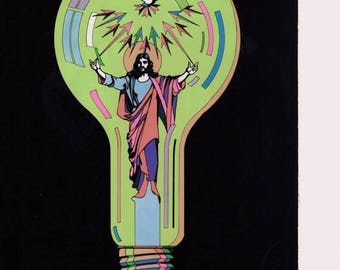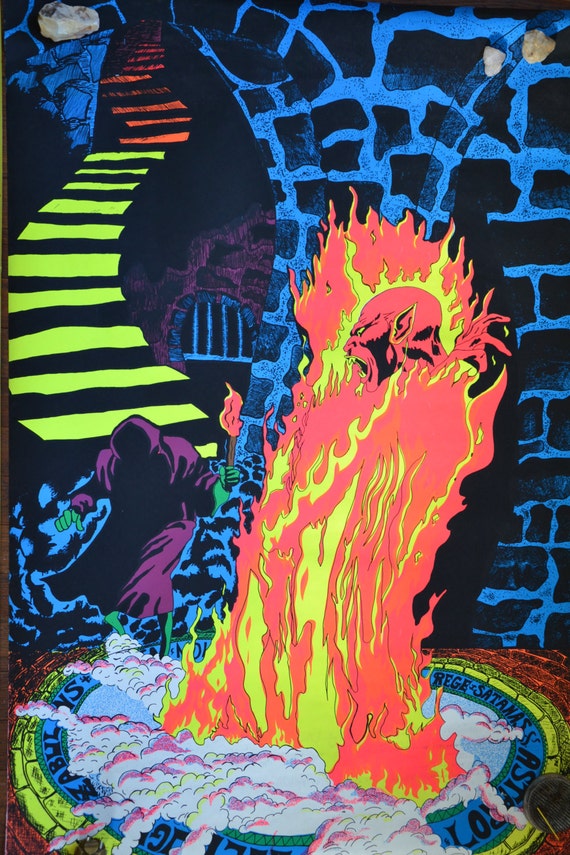

Read More: The 35 Most Anticipated Movies of Fall 2023 The moment made it into the movie, because you can’t buy that kind of spontaneity. DiCaprio, in character and, as always, quick on his feet, counters with an unscripted line: “You must mean handsome devil.” Gladstone laughs, just as Mollie might have in real life. Early in Ernest and Mollie’s courtship, she calls him a coyote, but in Osage. And it’s encased in this intelligence-the eyes say it all.” Gladstone also spurred some of the movie’s finest improvised dialogue. In her, Scorsese says, there’s “a fierceness and serenity at the same time. That shift in perspective also opened space for one of the film’s greatest performances, from Gladstone. The oil rights on her land have made her rich, but she watches in anguish as members of her family begin to mysteriously die off her own health deteriorates as well, at an alarming rate. Gladstone plays the Osage woman he marries and builds a life with, the former Mollie Kyle.


DiCaprio is the sometimes sweet, sometimes wily World War I veteran Ernest Burkhart, in thrall to his seemingly magnanimous uncle, big-shot cattleman William K. But it’s also about a marriage, between the characters played by Leonardo DiCaprio and the extraordinary Lily Gladstone. It’s about a different kind of violence, born of greed, racism, and a sense of entitlement. 20 before streaming on Apple TV+, is a grave, urgent picture, less overtly violent than the films- Taxi Driver, Goodfellas, Raging Bull-that helped build Scorsese’s reputation, yet perhaps more attuned than any of his movies to the insidious, selfish nature of human beings. Killers of the Flower Moon, which arrives exclusively in theaters on Oct. Scorsese is worried about that, and if you care about movies, you should be worried too.
#1970s jesus black light poster movie#
But the very idea of movie artistry is in crisis, and it doesn’t look as if it’s getting better anytime soon. Scorsese hesitates to use the word art when he’s talking about movies he knows how it sounds, and he knows as well as anyone who’s seen a double bill of Out of the Past and Bambi that art and entertainment can blur and fuse, wonderfully. Both moguls and audiences are leaning into their worst impulses. In their eyes, we’re no longer moviegoers-a word that, in 2023, has a painfully romantic ring to it-but consumers of content, and the consumers have spoken: They want art on their own terms. Content is king, and entertainment billionaires want to keep shoveling it our way, at the lowest possible cost to themselves. If you think that way, you might imagine everyone does. There are still many of us who see the past, present, and future of film as a continuous, regenerative strand, who find pleasure in the filmmaking of the past even as we harbor hopes for its future.


 0 kommentar(er)
0 kommentar(er)
